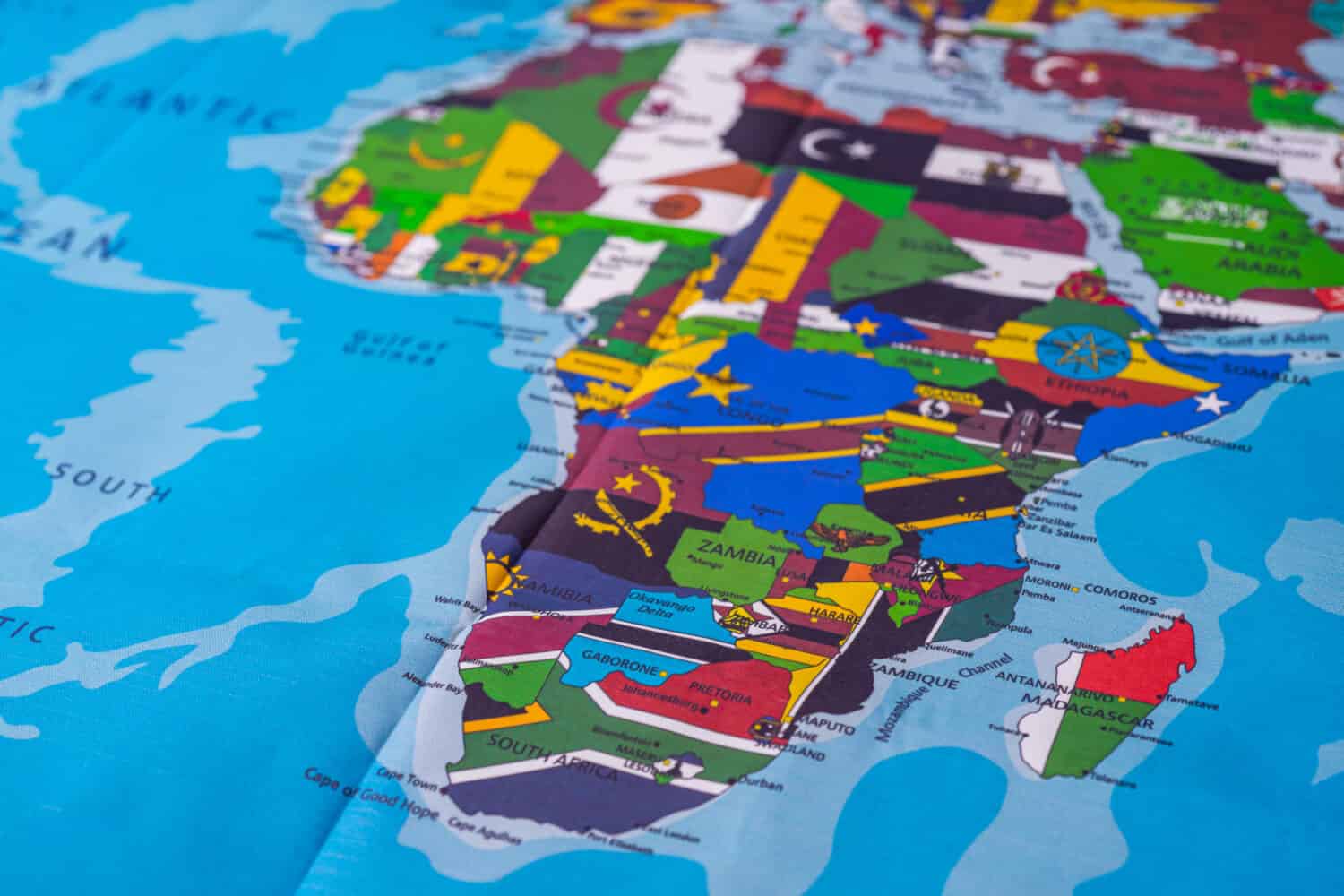Sub-Saharan countries in Africa are projected to increase in population faster than the rest of the world. Over a billion people are expected to become part of the African population over the next 50 years. Since Africa is the second largest continent on Earth, we need to pay close attention to its growth. What are the 5 largest African countries today and in 50 years?
5 Largest African Countries Today
Africa is experiencing unprecedented population growth because the median age of the continent’s citizens is low and fertility rates are high. As of 2023, some countries with booming populations already have a sizeable chunk of citizens living within their borders. What are the 5 largest African countries today?
1. Nigeria: 223.8 Million People

There are currently around 223.8 million people living in Nigeria.
©hyotographics/Shutterstock.com
Nigeria has the largest human population in Africa at 223.8 million people. It is also the sixth most populous country in the world. Half of this population lives in an urban environment.
Because there are over 250 different cultures with over 500 languages in Nigeria, most Nigerians speak multiple languages. Cross-cultural communication usually occurs in English or Nigerian Pidgin. However, Hausa, Yoruba, and Igbo are widely used.
2. Ethiopia: 126.5 Million People

Ethiopia is the largest landlocked nation in the world.
©Hyotographics/Shutterstock.com
As the second most populous country in Africa, Ethiopia is home to about 126.5 million people. Ethiopia is a landlocked country in the Horn of Africa, and it’s the most populated landlocked country on Earth. Over 80 different ethnicities make up the Ethiopian population with the Amhara being the largest in the country.
While the country has experienced waves of political instability since imperialism a few hundred years ago, its population overall has continued booming. English, Oromo, and Amharic are the most commonly spoken languages. However, it’s not uncommon for Ethiopians to speak languages outside of these three.
3. Egypt: 112.7 Million People
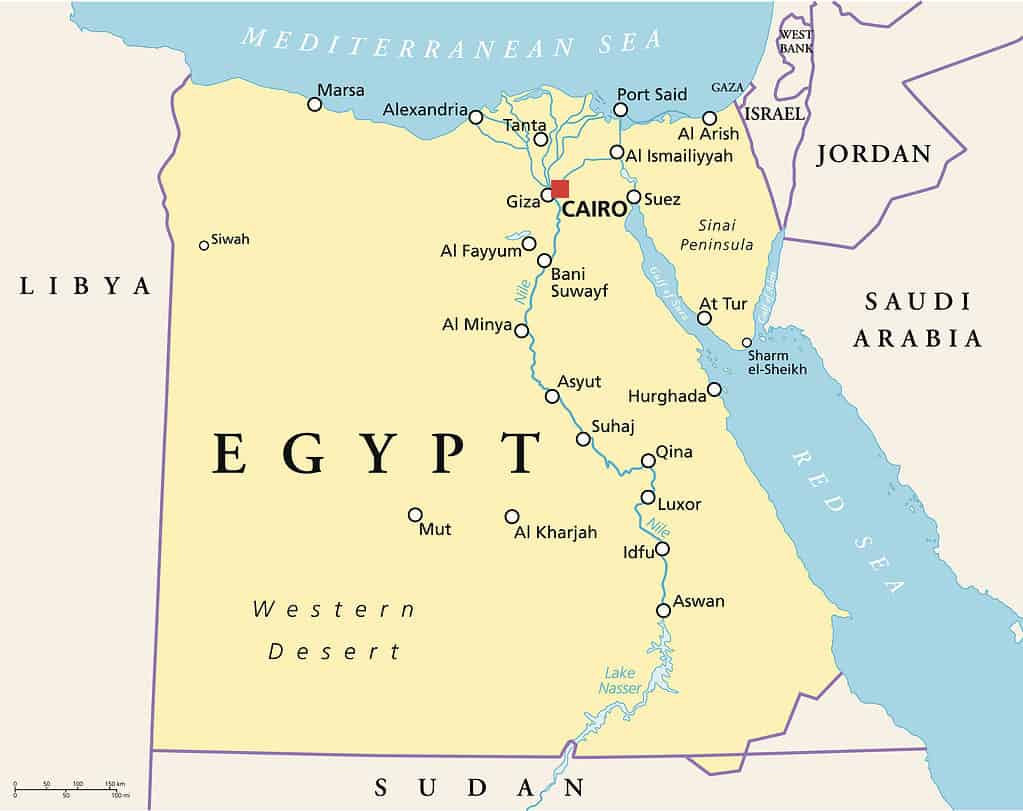
112.7 million people live in Egypt with most along the Nile River.
©iStock.com/PeterHermesFurian
Egypt is home to 112.7 million people which makes it the third most populous country in Africa. Cairo is the most dense part of the country with 11 million people living in this city. Almost all of the nation’s population lives along the Nile River as the rest of the country is arid and undeveloped.
4. Democratic Republic of Congo: 102.3 Million People

102.3 people live in the Democratic Republic of Congo.
©Alexander Lukatskiy/Shutterstock.com
The Democratic Republic of Congo (DRC) is home to 102.3 million people as of 2023. It has the fifteenth largest population in the world, and it is the second largest country by area in Africa. This means it has lots of room to grow.
As a country that officially speaks French, DRC has the largest population in the Francophone world. Including French, there are 5 official languages in DRC. Swahili, Kituba, Lingala, and Tshiluba are official languages spoken by large swaths of the population.
There are over 240 languages spoken by different groups in the country. Most people speak their native regional language as their first language, followed by one or more of the official 5 languages. There are more than 250 recognized ethnic groups in over 450 tribes within the country.
DRC is one of the top 5 poorest countries in the world, and this problem is exacerbated by a booming population. It is also the fifth most violent country in the world, and it has been embroiled in active conflict for over 60 years.
5. United Republic of Tanzania: 67.4 Million People

67.4 million people live in Tanzania with 80 percent living in rural areas.
©evan_huang/Shutterstock.com
Tanzania is currently hosting a population of 67.4 million people. It is the thirteenth biggest country in Africa by size.
While the cities, like Dar es Salaam, are densely populated, about 80 percent of the country’s population lives a rural life. The landscape is made up of a sizeable amount of big towns instead of large cities.
There are over 120 different ethnicities within Tanzania. Sixteen percent of the population identify as Sukuma, and most people speak Bantu. The country’s official language is Kiswahili which is a Bantu language with Arabic leanings.
The country is in the grips of a health crisis with HIV and malaria being the leading cause of death across all age groups. 45 percent of the country does not have access to clean water, and 85 percent do not have access to modern sanitation.
Projected: 5 Largest African Countries in 50 Years
The largest countries by population in Africa will continue to be the largest countries in Africa in 50 years, though a couple will experience a change in ranking. That isn’t to say that their populations are going to remain constant. These countries will experience unprecedented population growth over the next half-century.
1. Nigeria: 485.6 Million People

The largest population in Africa in 50 years will be in Nigeria.
©Millenius/Shutterstock.com
Nigeria is the size of Texas, yet it will continue to have the largest population in Africa in 50 years. It’s projected that 485.6 million people will live in the country at that time. Culturally, large families are valued in Nigeria, and the government does not plan on implementing policies to slow down reproductive rates in the country.
As of today, just under 43 percent of Nigeria’s population is 14 years old or younger. This means Nigeria is about to experience an uptick in fertility rates as the population matures. This has been occurring since the 1980s as the frequency of child mortality has dramatically decreased.
2. Democratic Republic of Congo: 329.9 Million People
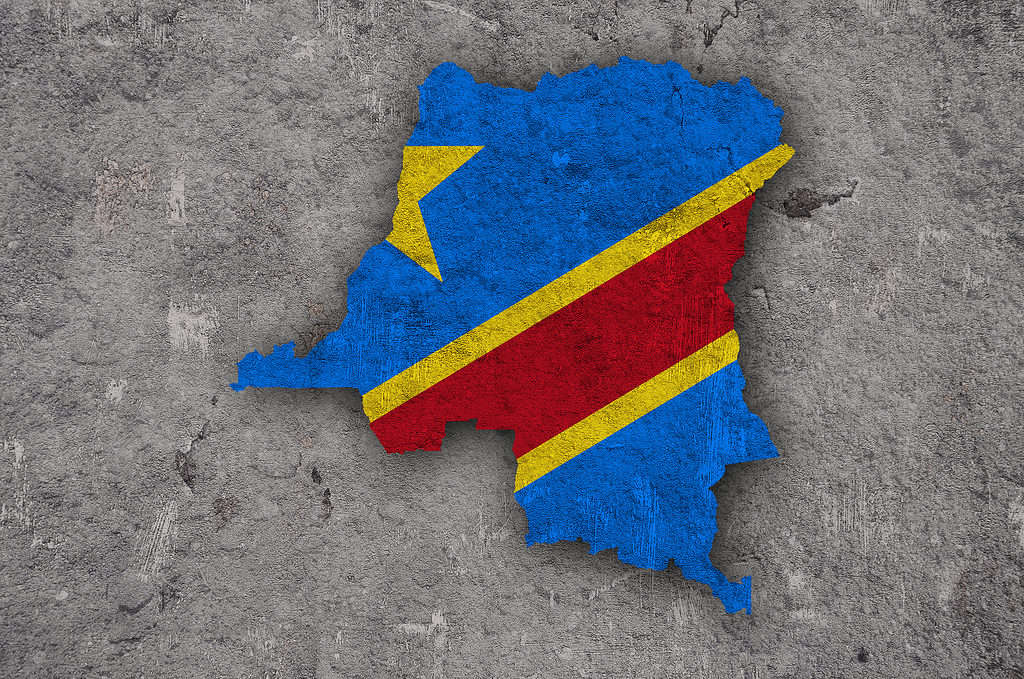
329.9 million people will be living in the Democratic Republic of Congo in 50 years.
©iStock.com/lantapix
The Democratic Republic of Congo (DRC) is expected to increase its population to 329.9 million people in 50 years. By then, it will easily be one of the top 10 most populated countries in the world.
People in DRC are living longer and having a lot of babies. The average life expectancy is now 62 years old, and the average woman in DRC has 6 babies. This average is much higher than most other places in Africa and the world.
This means that population growth is accelerating rapidly, and it’s the catalyst behind why DRC has jumped to the number 2 rank from number 4 in 50 years. Congolese women also begin having babies much earlier than most other places with over a quarter of women giving birth before 19 years old. Also, over 40 percent of the population is under the age of 15 meaning that the number of births will continue to climb.
3. Ethiopia: 280 Million People
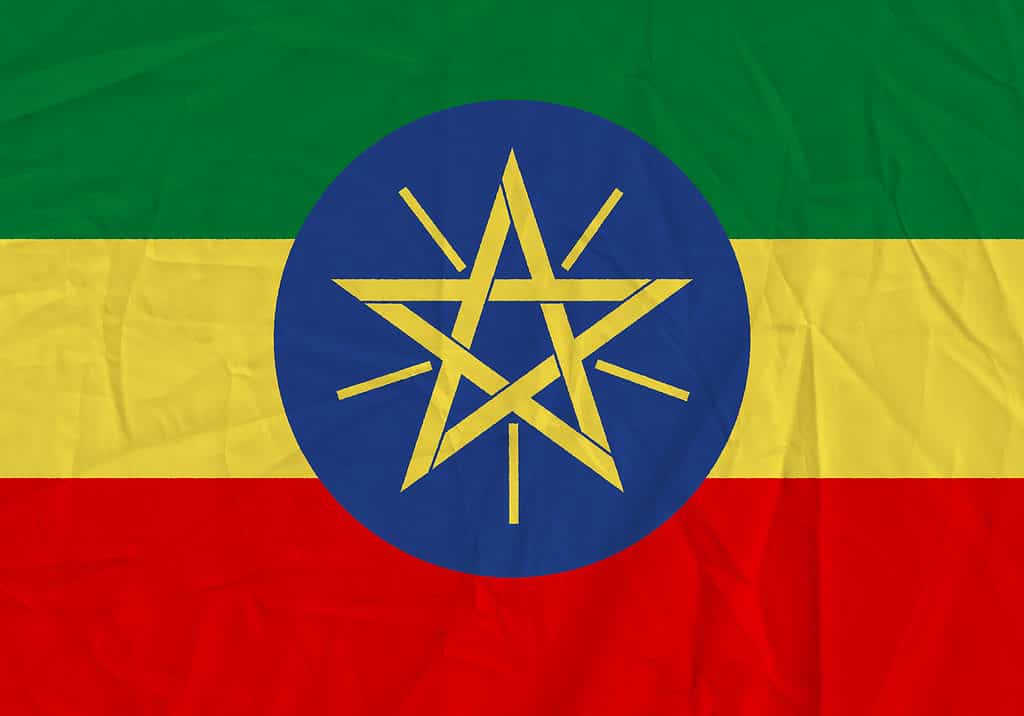
The Ethiopian population will be around 280 million people in 50 years.
©Olleg/Shutterstock.com
Around 280 million people will call Ethiopia home in 50 years. Ethiopia’s population growth rate of almost 3 percent is one of the top 10 rates in the world. Therefore, it’s no surprise that the country will remain one of the most populated areas of Africa.
Average life expectancy is increasing dramatically and is now 62 years old for most citizens. Fertility rates are high, and access to family planning resources is low. As a result, the population will continue to multiply dramatically.
Despite population growth, food insecurity is a continuing problem. Ethiopia is working on increasing food security through the mass production of sustainable agriculture. Getting ahold of this issue will further drive population growth.
4. Egypt: 189 Million People

In 50 years, about 189 million people will live in Egypt.
©iStock.com/Anton Litvintsev
Egypt is expected to grow to 189 million people in 50 years. While they’ve fallen a spot in the ranks as far as population size in comparison to today, their population is still increasing very quickly.
Medical advances are keeping Egyptians alive longer, and political stability is encouraging family growth. The Egyptian government is increasing family planning education, but this isn’t expected to drastically impact the 3-child household average.
On average, each Egyptian woman has 3 or more kids. On top of this, 60 percent of the country’s population is 30 years old or younger. This means that the Egyptian population is on track to increase dramatically over the next 50 years.
5. United Republic of Tanzania: 188.6 Million People
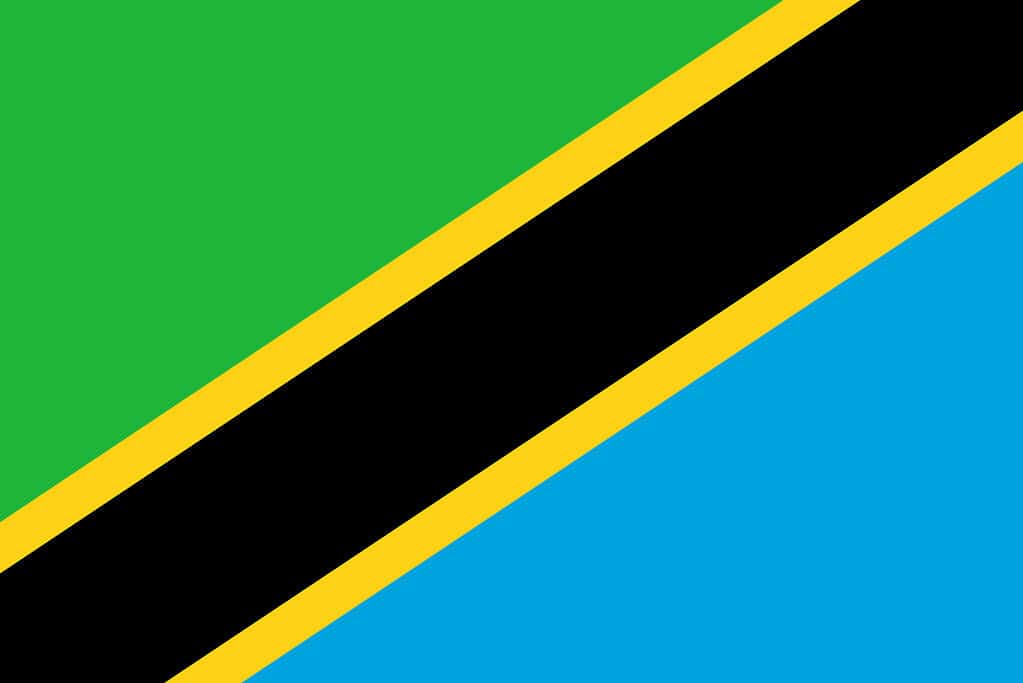
About 188.6 million people will call Tanzania home in 50 years.
©Julinzy/Shutterstock.com
Tanzania expects to be home to 188.6 million people in 50 years. Large family sizes are driving this as women usually have 5 babies. Almost 45 percent of the population is under 15 years old which means that more women of childbearing age will start giving birth soon.
Summary of the Largest African Countries by Population in 2023
| Largest African Country by Population Now | Size of Population Now | |
|---|---|---|
| 1 | Nigeria | 223.8 Million People |
| 2 | Ethiopia | 126.5 Million People |
| 3 | Egypt | 112.7 Million People |
| 4 | Democratic Republic of Congo | 102.3 Million People |
| 5 | United Republic of Tanzania | 67.4 Million People |
Summary of the Largest African Countries by Population in 50 Years
| Largest African Country by Population in 50 Years | Size of Population in 50 Years | |
|---|---|---|
| 1 | Nigeria | 485.6 Million People |
| 2 | Democratic Republic of Congo | 329.9 Million People |
| 3 | Ethiopia | 280 Million People |
| 4 | Egypt | 189 Million People |
| 5 | United Republic of Tanzania | 188.6 Million People |
Thank you for reading! Have some feedback for us? Contact the AZ Animals editorial team.

